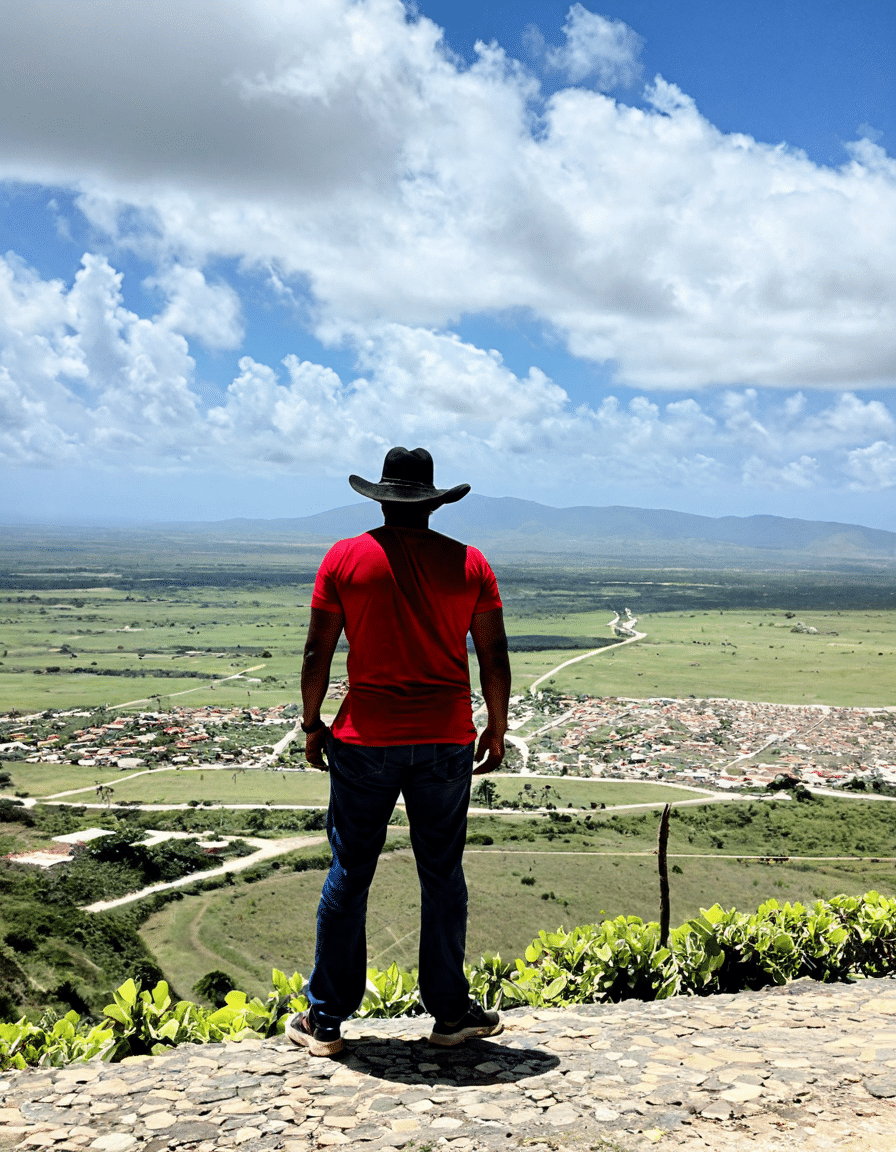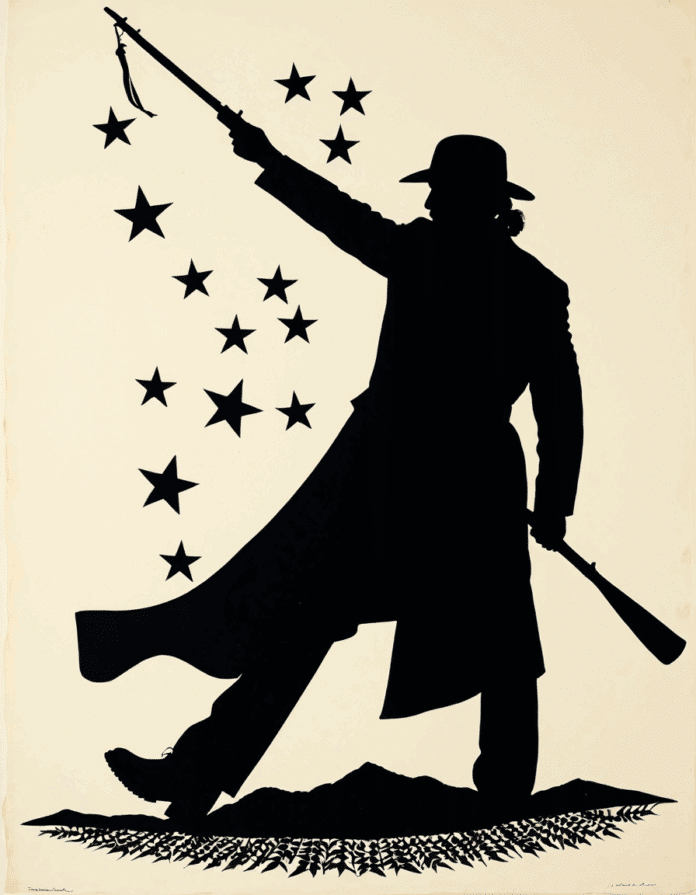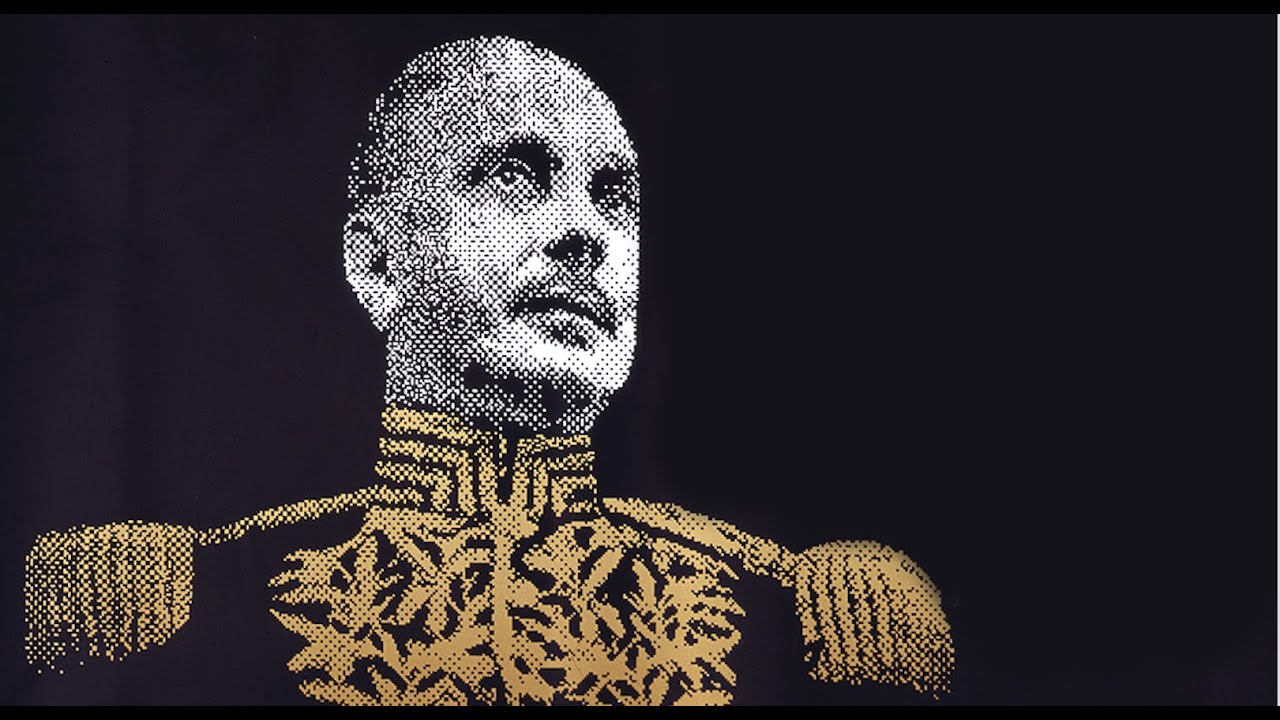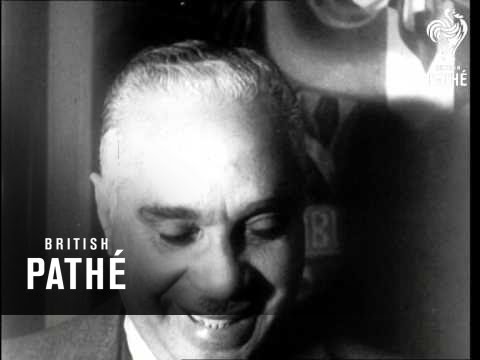Rafael Trujillo, often referred to just as “El Jefe,” ruled the Dominican Republic from 1930 until his assassination in 1961. His reign is a classic example of ruthless authoritarianism wrapped in a peculiar type of nationalism. Trujillo’s methods for climbing to power and maintaining control over the Dominican people are as chilling as they are instructive, drawing parallels to other notorious dictatorial regimes across Latin America.
Throughout his time in power, Trujillo used a combination of propaganda, violence, and strong military presence to assert his dominance. He manipulated the political landscape to position himself as the nation’s savior while simultaneously crushing any dissent. The calculated control he exercised can be likened to tactics used by leader figures like Augusto Pinochet of Chile or Manuel Noriega of Panama, signifying the precarious balance of power in the region during the 20th century.
Trujillo’s self-created image of a benevolent leader overshadowed the human rights abuses and criminal activities that marked his rule. His narrative was supported heavily through state-sponsored media, where he presented himself as the quintessential leader dedicated to the country’s welfare. This not only allowed Trujillo to consolidate his power but deeply influenced the Dominican Republic’s national identity.
Top 5 Egregious Acts of Trujillo’s Regime
Trujillo’s legacy is intimately tied to a series of grim events that reflect his unyielding quest for control. Here are five major occurrences that encapsulate the more horrifying elements of his rule:
1. The Haitian Massacre of 1937
One of the most notorious actions during Trujillo’s reign was the Haitian Massacre, which led to the execution of thousands of Haitians living in the Dominican Republic. This tragic event was fueled by Trujillo’s xenophobia and demonstrated his brutal approach to consolidating power. By rallying nationalist sentiments among Dominicans against Haitians, he not only deepened the societal divide but also reinforced his grip on leadership.
2. The Assassination of Political Opponents
To maintain his firm hold on power, Trujillo didn’t shy away from silencing dissenters. His regime was notorious for the assassination of various political opponents, using systematic killings and disappearances to instill fear. Many activists and dissenters vanished without a trace, forever altering the Dominican political landscape and sending a clear signal of the consequences of opposing “El Jefe.”
3. The Relationship with the United States
Trujillo’s complex relationship with the United States is pivotal in understanding the economic and political dynamics of his regime. Initially regarded as a strong ally in the fight against communism, he received tacit support from various American administrations. This relationship significantly impacted U.S. foreign policy in Latin America, often leading to controversial backing of authoritarian regimes.
4. The Cult of Personality
Rafael Trujillo developed a cult of personality that permeated Dominican society. Through elaborate public works like roads and monuments, he established an image of a benevolent ruler. Bolstered by pervasive propaganda, this cult shaped public perception and created a facade of goodwill among a populace reeling from autocratic rule, effectively masking the true nature of his regime.
5. The Economic Policies and Their Long-term Impact
While Trujillo’s policies initially spurred economic development, many benefited only his inner circle. Corruption and favoritism riddled his economic programs, setting the stage for persistent socioeconomic challenges in the post-Trujillo era. The economic environment he cultivated left an imprint on Dominican society, shaping how future governments approached development and reform initiatives.
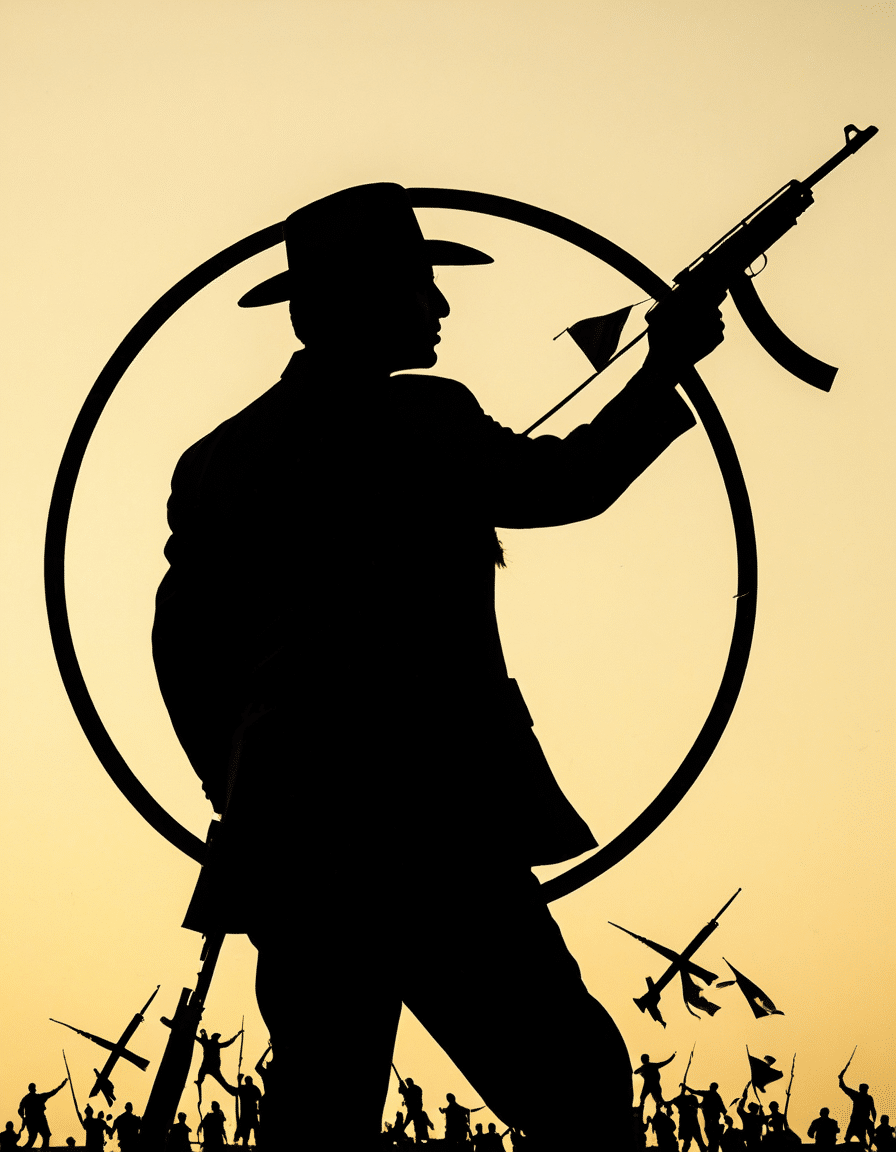
Trujillo’s Impact on Puerto Peñasco and Regional Relations
Trujillo’s influence cuts across borders, reaching places like Puerto Peñasco, Mexico. His actions had repercussions not only for the Dominican Republic but also created ripples in neighboring nations. The relationships among Caribbean countries evolved, as Trujillo’s xenophobic policies and aggressive nationalistic rhetoric ignited tensions that extended into the socio-political fabric of places like Puerto Peñasco.
The fallout from his regime was felt deeply in these areas, with economic and political influenced often trickling down to local communities. Trujillo’s antics illustrated the interconnectedness of Caribbean politics, highlighting how one nation’s actions can significantly impact its neighbors. The implications of his rule remain relevant, as similar nationalistic movements resurface within the region.
The Legacy of Trujillo: Historical Interpretations and Modern Perspectives
The legacy of Rafael Trujillo is far from straightforward. Scholars have debated whether his rule stabilized the Dominican Republic temporarily or if he was solely a tyrant of unspeakable horrors. Some contend that his methods, however brutal, laid the groundwork for improvements that followed his assassination.
Modern perspectives, particularly those interpreted through social media and global discourse, offer fresh insights into Trujillo’s legacy. Public sentiment often swings between admiration for his purported achievements and condemnation for his ruthlessness, showcasing the complexity of historical narratives. As societies evolve, the understanding of such historical figures like Trujillo continues to shift, revealing ongoing debates about power, governance, and human rights.
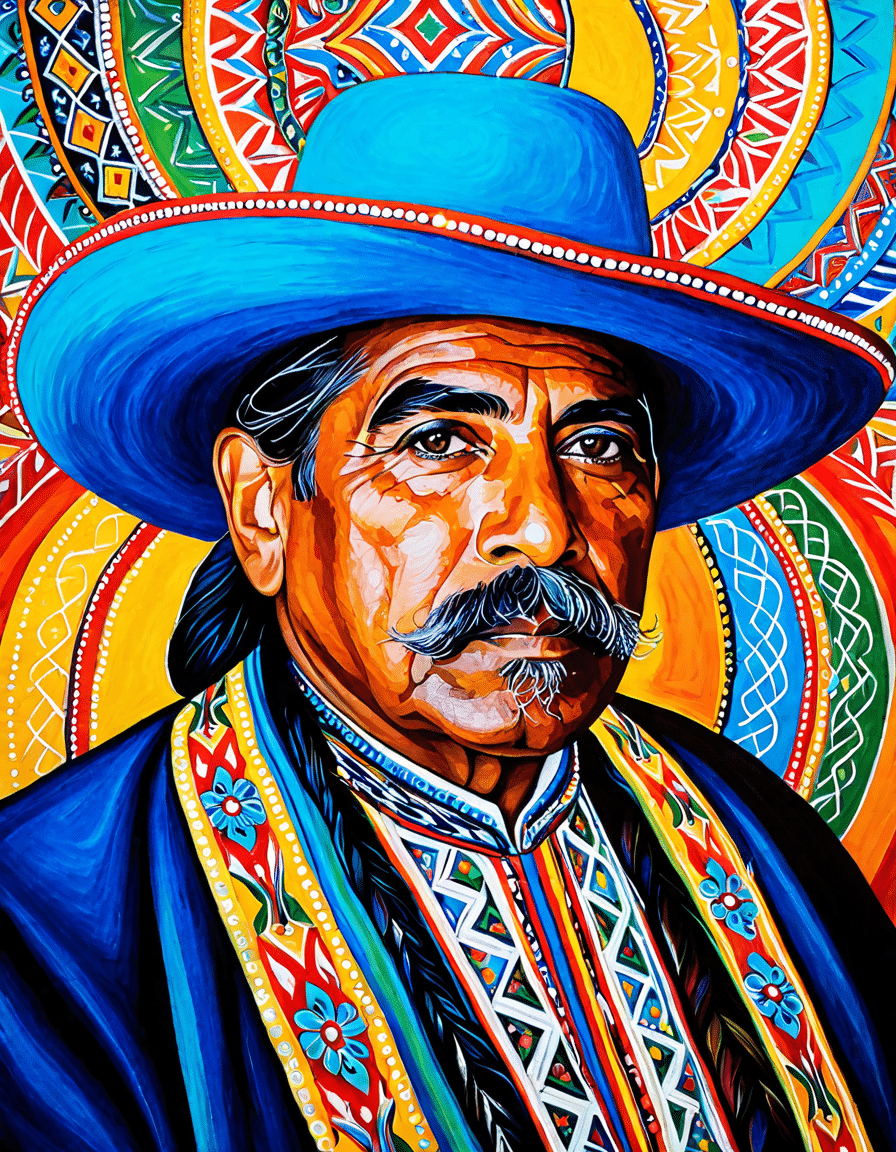
The Path Forward: Lessons from Trujillo’s Governance
Trujillo’s governance offers crucial lessons for contemporary leaders both in the Dominican Republic and across Latin America. His methods serve as a warning against the allure of authoritarianism and the potential for vast human rights abuses that often accompany it. In a world increasingly inclined towards nationalism and populism, the shadows of Trujillo’s reign loom large.
Upholding democratic values and ensuring accountability should take precedence over the quest for absolute power. In light of Trujillo’s impact, modern leaders might reflect on the importance of civic engagement and the promotion of civil liberties to safeguard against repeating history.
A Complex Enduring Influence
The story of Rafael Trujillo is a complex tapestry woven from power, terror, and national identity. This chilling narrative serves as a reminder of the consequences of unchecked authority and the struggle for democracy in the Caribbean. As nations assess their collective pasts, the lessons gleaned from Trujillo’s reign are critical for fostering political discourse and promoting social responsibility.
A thoughtful examination of history allows societies like Puerto Peñasco to engage with their past while shaping their future. The echoes of Trujillo’s legacy continue to resonate, influencing policies and ideologies long after his demise. Let us remember that the lessons from Trujillo’s time must not only inform our understanding of history but also guide our actions moving forward.
Trujillo: The Infamous Legacy Of A Notorious Leader
A Deep Dive Into Trujillo’s Tyranny
Rafael Trujillo, known as “El Jefe,” ruled the Dominican Republic with an iron fist from 1930 until his assassination in 1961. His reign was marked by severe repression, and he’s notorious for his extreme methods to maintain power. Interestingly, Trujillo had a fondness for Americana, evident in his attempts to create a ‘neo-colonial’ society with a twist of North American culture. Imagine him sipping cocktails at a resort like Margaritaville Fort Myers Beach, dreaming of a dominion that mirrored the glamor of the U.S. Yet, his oppressive regime was anything but glamorous, as he cultivated an atmosphere of fear and loyalty among his followers.
Unusual Facts About Trujillo’s Rule
One of Trujillo’s most infamous acts was the Parsley Massacre in 1937, where thousands of Haitian immigrants were killed under his orders. This event highlights the brutal lengths he would go to preserve his concept of national identity. Even more curiously, Trujillo had a penchant for the odd—the Barndominium Homes rising in popularity today are a stark contrast to his lavish palatial lifestyle. Just as these homes blend rustic charm with modern convenience, Trujillo blended an obsession with American ideals to create a façade of prosperity, while profound inequalities festered beneath the surface.
The Legacy of Trujillo’s Leadership
His impact did not fade with his death; it continues to ripple through Dominican society today. Some might say traces of his authoritarian tactics can still be seen, leaving a legacy that’s hard to shake off. For those curious about modern-day struggles influenced by such historical figures, personal stories like Gabapentin Ruined My Life shine a light on how past traumas linger. Even in trivial matters, such as understanding What Is The Simplest form Of everyday experiences, many find themselves grappling with larger national dilemmas rooted in leadership styles like Trujillo’s. As people navigate their paths much like navigating Lake Winnebago, they reflect on how history often shapes our present.
In retrospect, it’s clear Trujillo’s legacy remains complicated and deeply ingrained, reminding us that the footprints of history can’t simply be washed away with the tides. Just as we look for Gamestop Coupons for a better deal, the quest for a fair society continues, seeking to reclaim narratives affected by oppressive powers.
